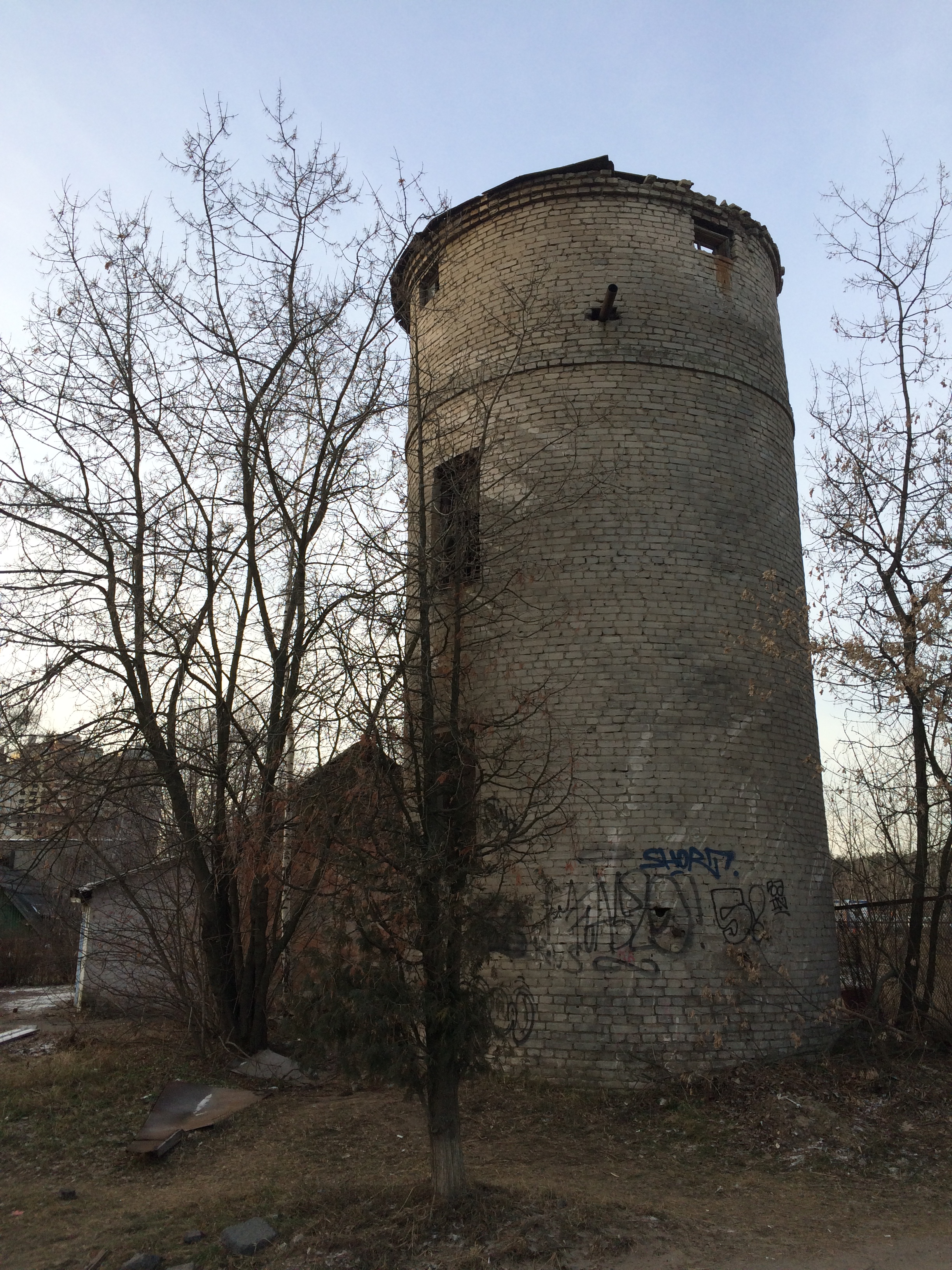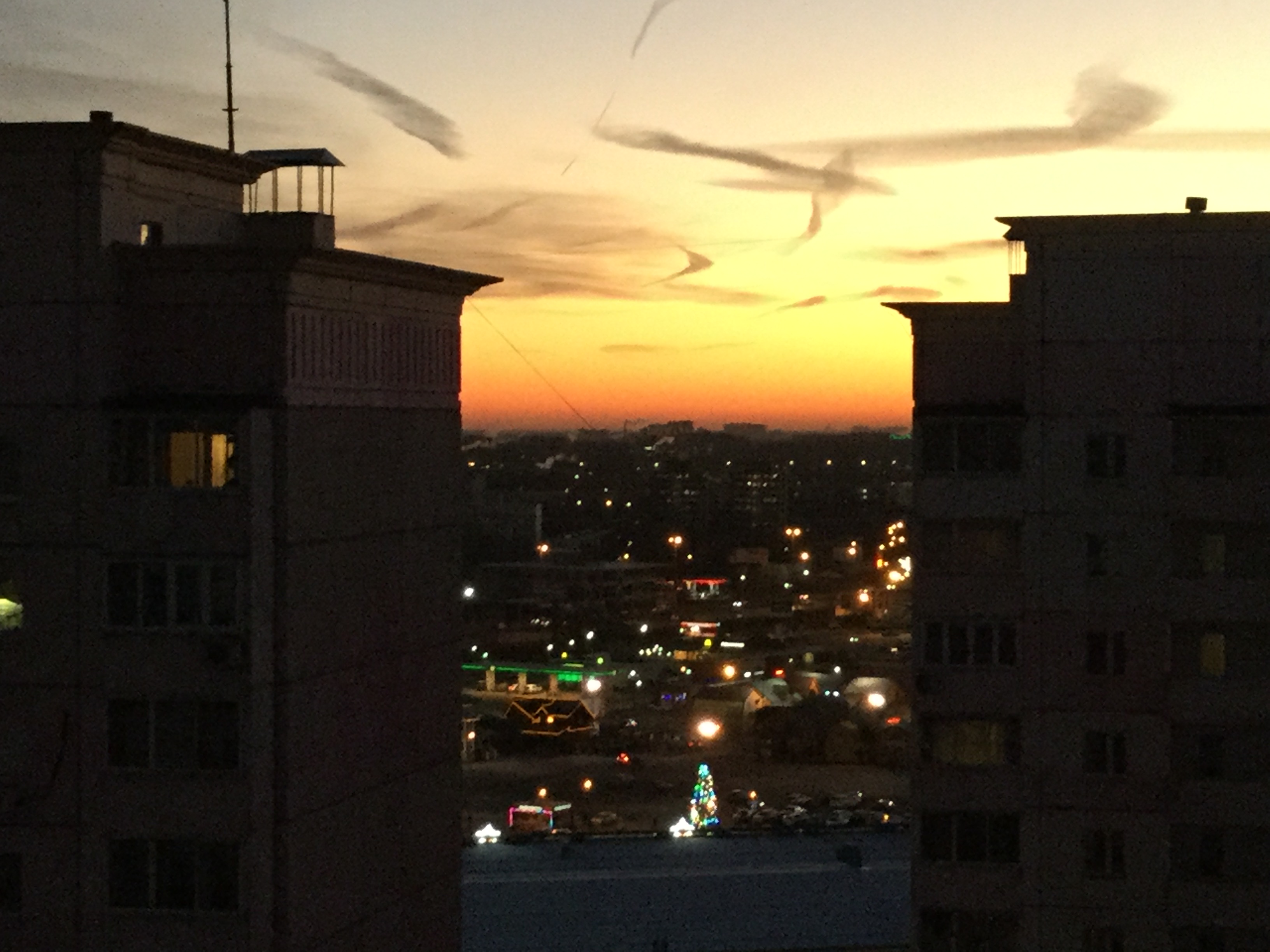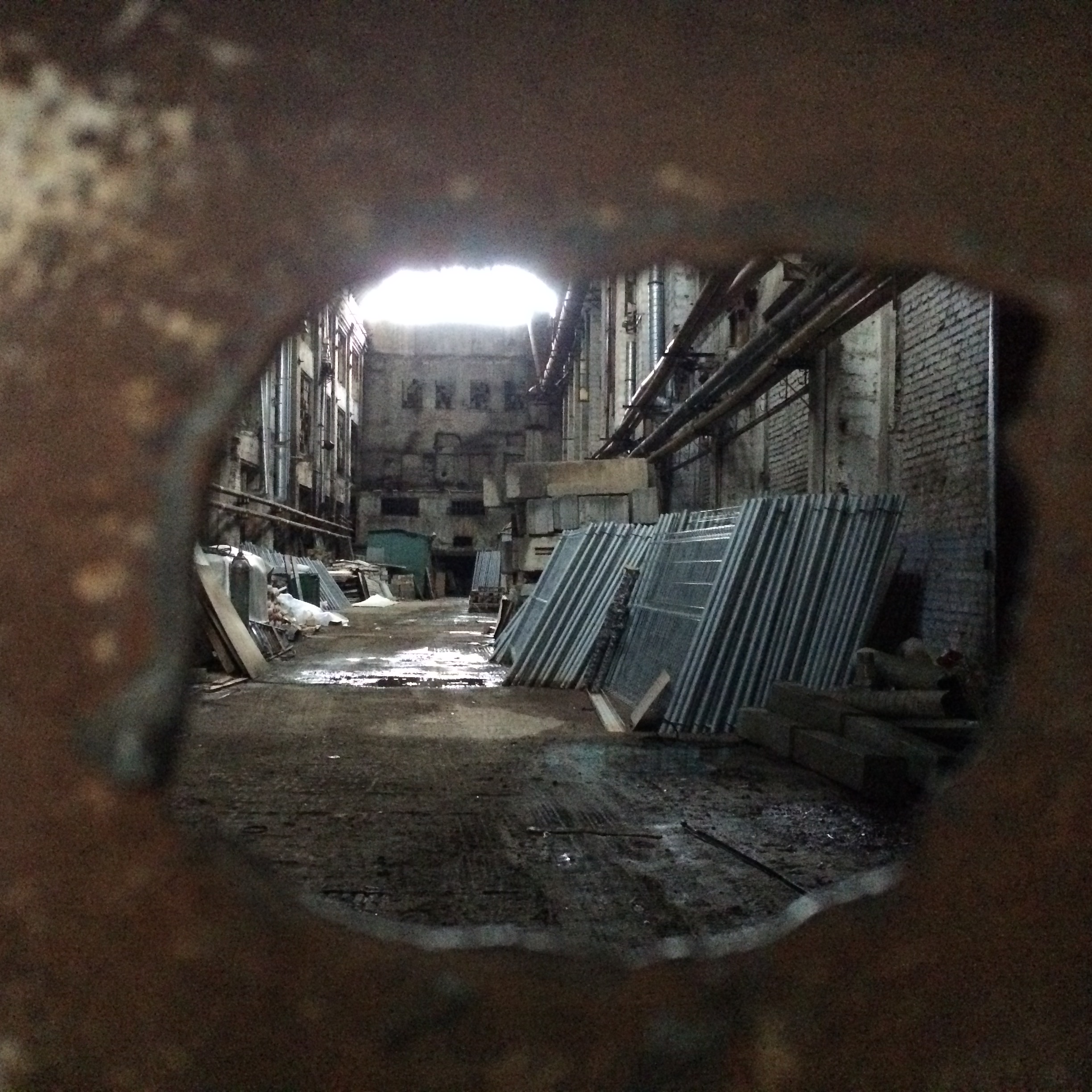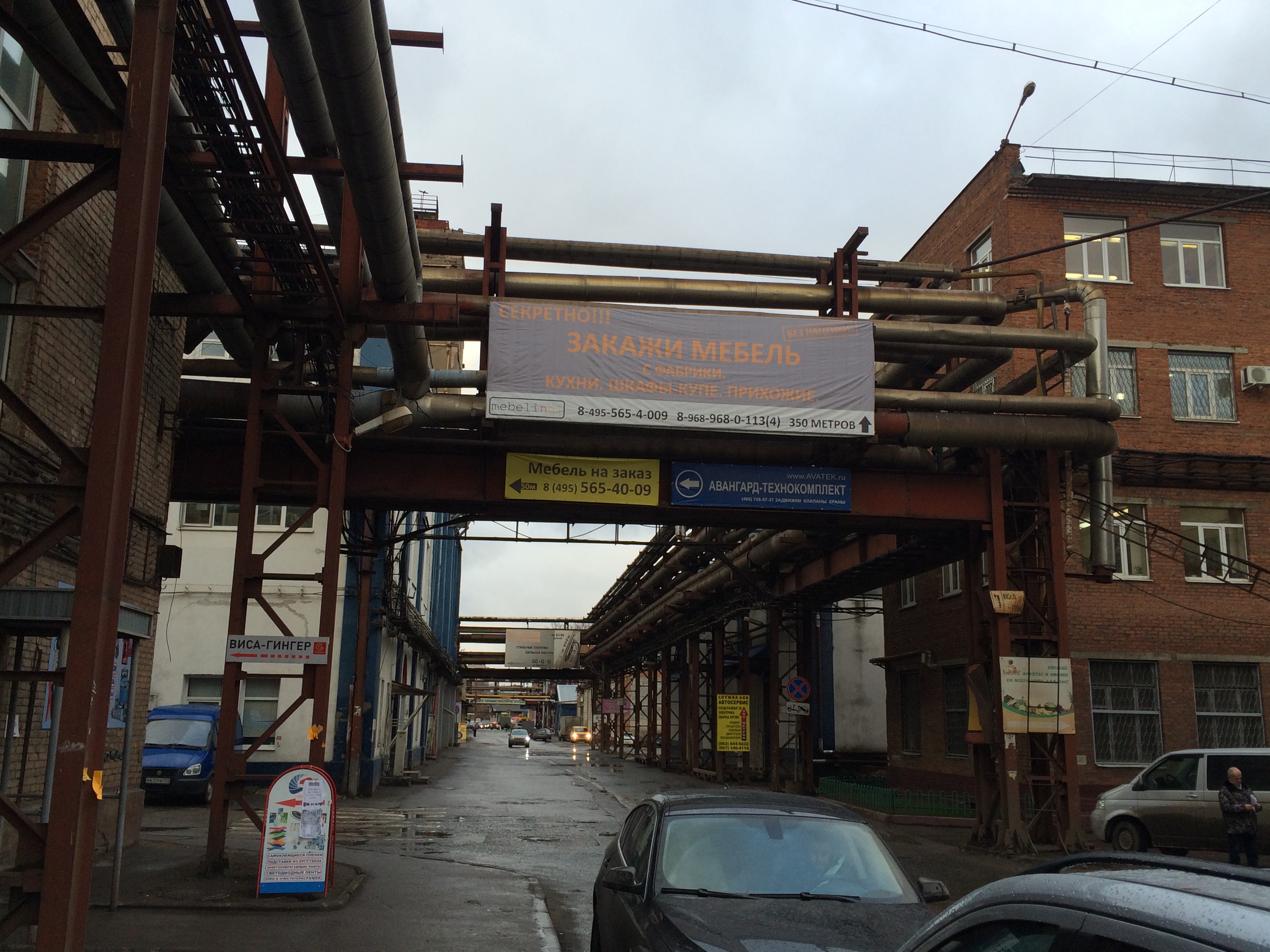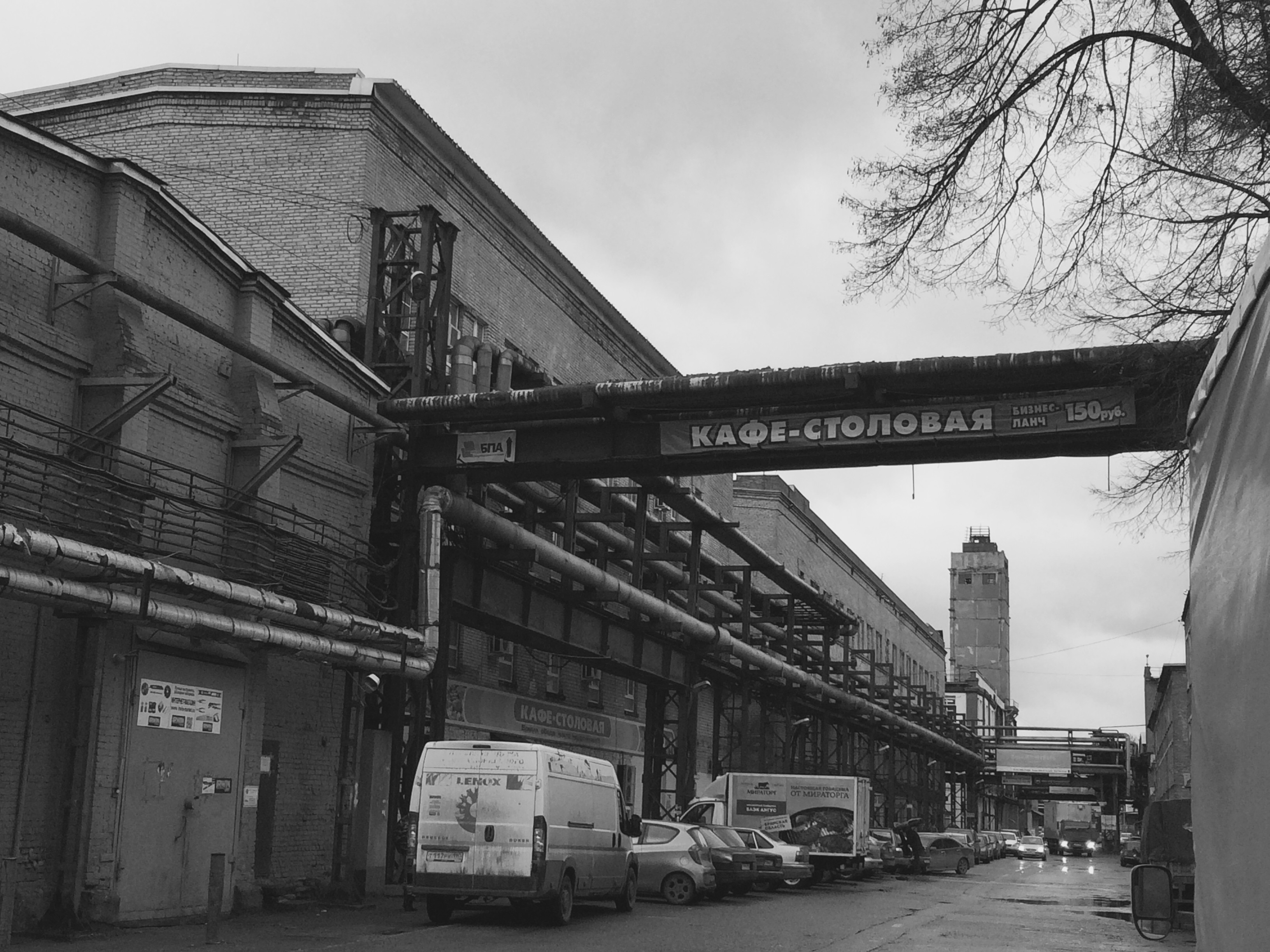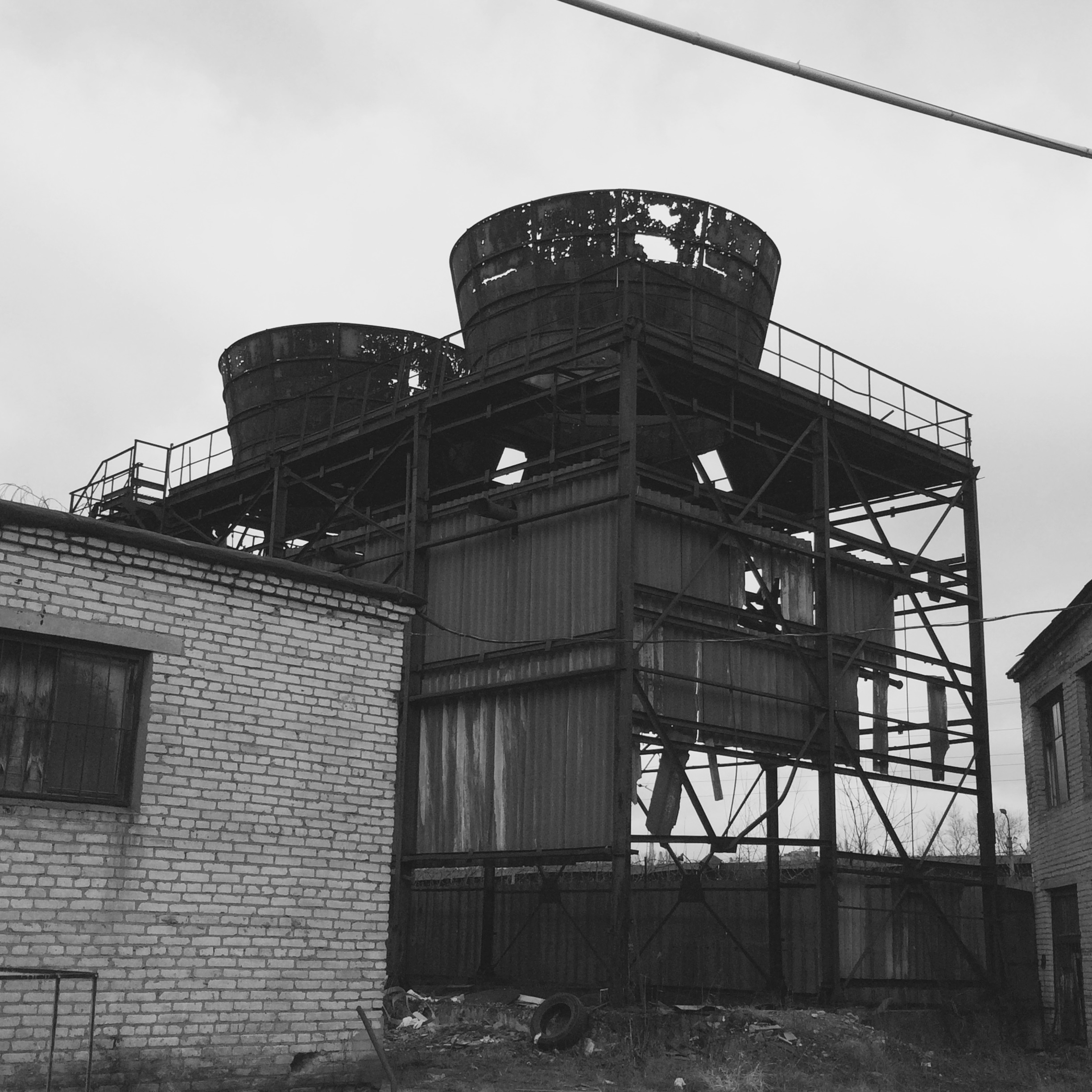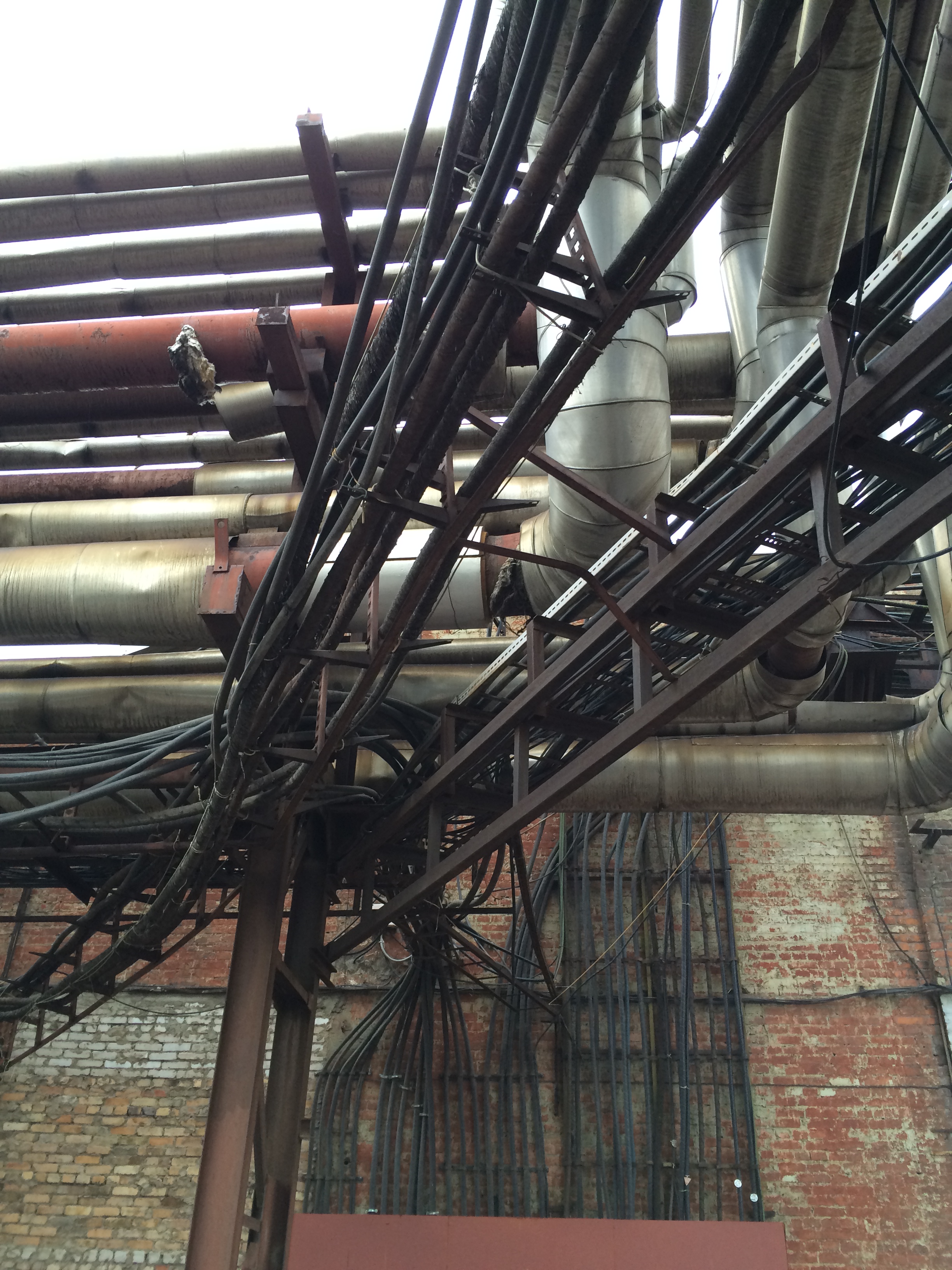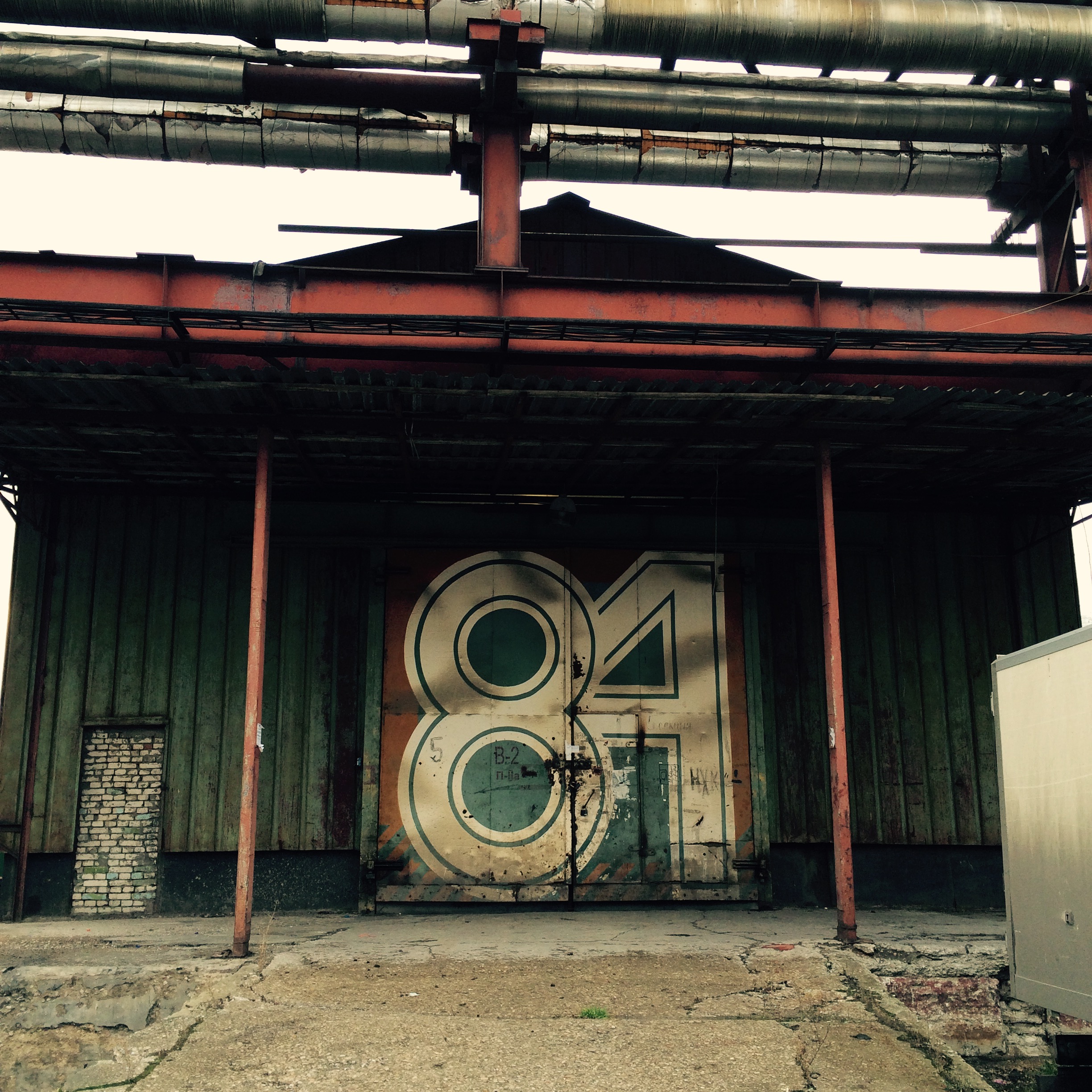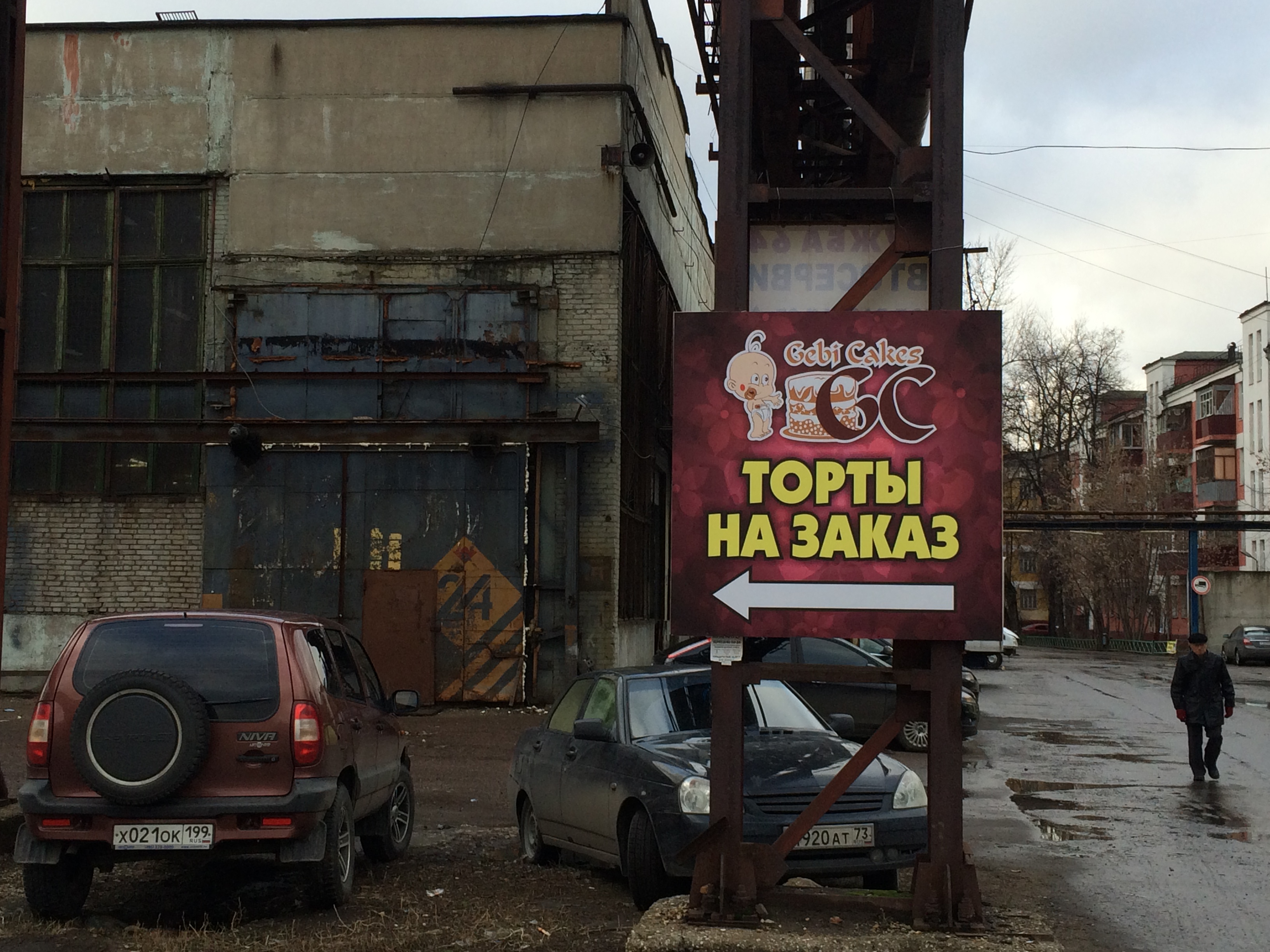
Just 200km south of Moscow is Tula, capital of the eponymous region and a city with a long heritage of defence, gunsmithing and gingerbread. It struck me as a good place to spend a couple of days as part of my continuing quest not to assume that Moscow and Russia are one and the same. It proved a really interesting opportunity to explore life in a city that is neither amongst the richest in the country nor the poorer, in which the market has brought many positive changes and the state a few, too, but which is clearly still a work in progress.
I spin some wider thoughts and conclusions in a dedicated episode of my In Moscow’s Shadows podcast, here, and this is more a photo-story with some random observations. I’ll also be posting separately specifically on the city’s (rather good) State Museum of Armaments.

Founded in the 13th/14th centuries as an outpost of the Principality of Ryazan’, then taken by Moscow in the 16thC and strengthened with a brick Kremlin as part of the defensive line against the Tatars, Tula has almost three identities: as a nicely-renovated medieval township, with a lovely Kremlin (restored in the 1990s and 2000s), as a Soviet industrial city, and as a modern evolving centre mixing tourism, industry and services.


So, there is still a Lenin statue in front of the main administrative building, in Lenin Square, and the end of Lenin Street. Indeed, the street names are resonant: Red Army Street, Soviet Street and so on. Much is also made of the iconography of being named a ‘Hero City’ for its role in WW2. Step off the train (one of the fast and comfortable new Lastochka trains that get you to Tula in 2 hours 15 minutes before carrying on to Belgorod in this case) and you’re immediately greeted by an armoured train (a museum piece, not a working one…) and statuary glorifying this status.
The restored medieval and imperial Tula is especially picturesque, from the Kremlin walls to the numerous churches within and without.
But it’s not simply an historical theme park. As mentioned above, since even before Peter the Great established what became the Tula Arms Factory – still operating today – it was a centre of gunsmithing, not least because of the coincidence of iron deposits and being a border fortress. A whole range of military plants operate here, and everything from silenced assault rifles to heavy rockets come from Tula. No wonder it also has the State Museum of Armaments.
Now, there has been what I think of Moscow-style hipster gentrification. A hitherto closed embankment turned into a nice promenade. Factories converted into clusters of artsy shops, wine bars and exhibition spaces. (In one, Likërna Lofts, there is an entertainingly freakish statue celebrating a short story about the Tula blacksmith who promised to shoe a flea, except that the flea is rendered as some massive and grotesque warbot…) A charming street – ‘Metalworkers’ Street’ – turned into a pedestrian walk full of restaurants, small museums and shops selling tradition Tula pryaniki (jam-filled slabs of gingerbread) and fruit-jerky pastila.
That’s certainly all very nice, but what about the ‘real’ city? More broadly, there is an interesting mix of uplift and stagnation. Nice coffee shops, sure, but also shops selling fashions in some cases looking years out of date, and a striking number of lombards (pawn-brokers) and second-hand clothes shops. Some new building, but a lot of housing stock that, from the outside at least, needs some TLC. A wonderful wooded park, Belousov, in which the air is full of Radio Tula City on loudspeakers, a custom I very much associate with Soviet times. A decent public transport system, or so it seemed to me, but with a mix of relatively modern busses (Moscow hand-me-downs, apparently) and distinctly older stock.
From a Londoner’s perspective, especially given the weak ruble at the moment, it’s cheap: a small flat near the centre for the equivalent of £50,000. But the average monthly wage in Tula region (the city is likely higher, admittedly), is less than £500, or about 1/7th of London’s, so that flat in effect is more like the equivalent of £350,000 – not that cheap, after all.
Still, insofar as one can gauge anything based anything based on a couple of days’ snooping around, it felt like a city with a sense of movement, that even if times are hard nationally, there were grounds for some optimism. One can hope, because I must say I found Tula very engaging. Anywhere that actually has a monument to gingerbread, and one which it seems it has become customary for newly-weds to be photographed by, surely must have a certain sly sense of humour?

All pictures © Mark Galeotti 2021

















































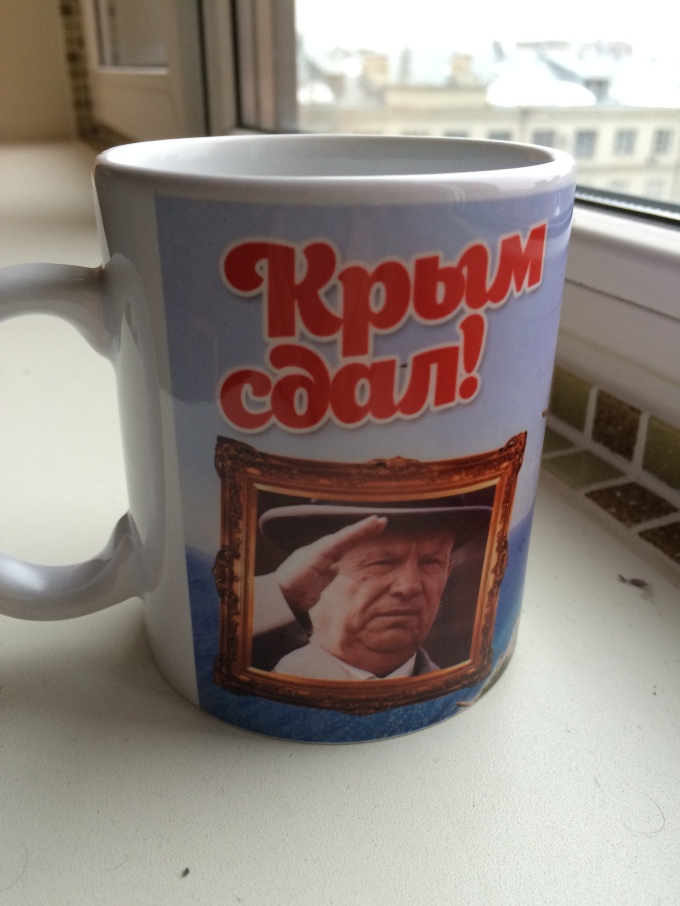
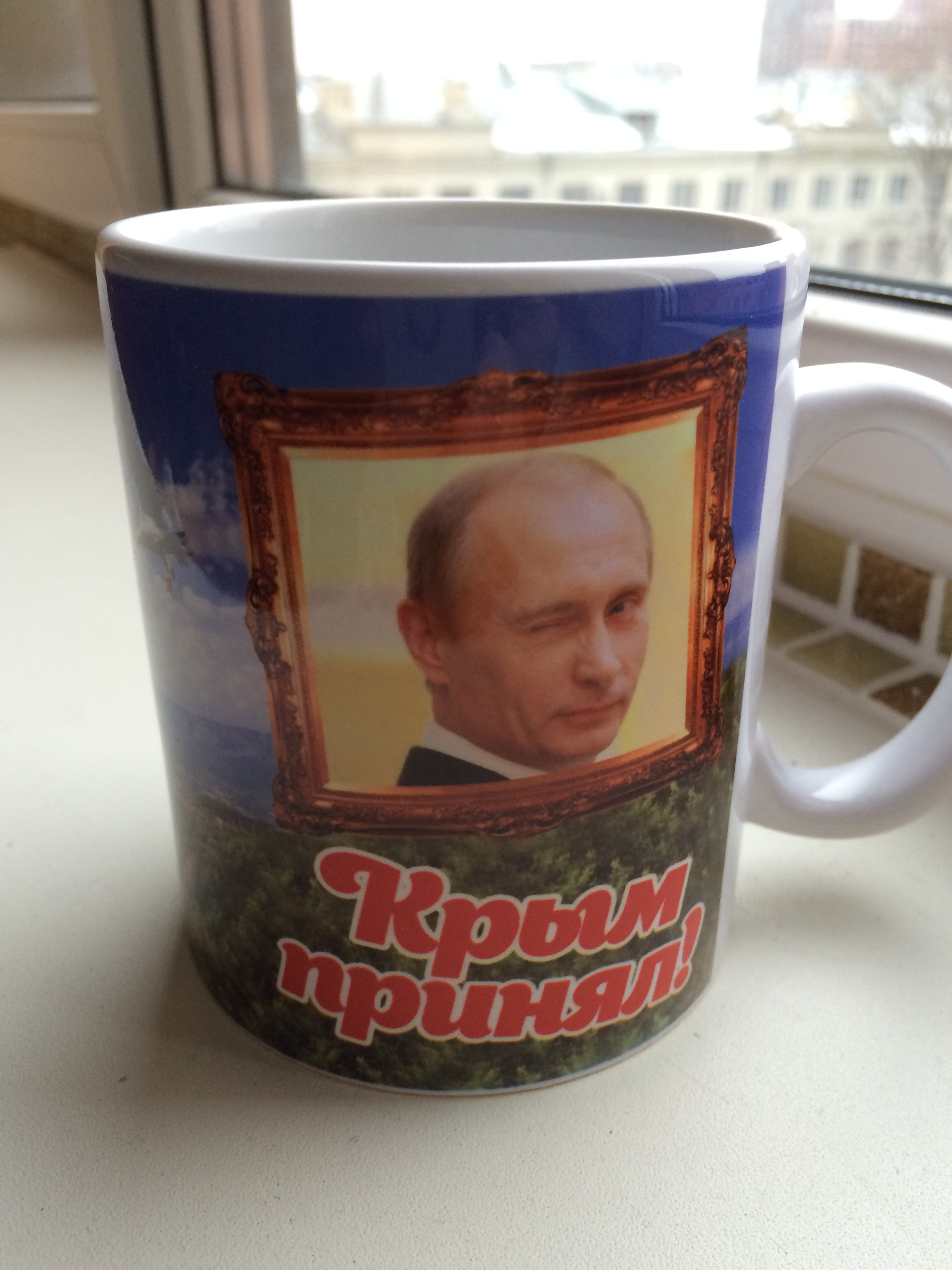
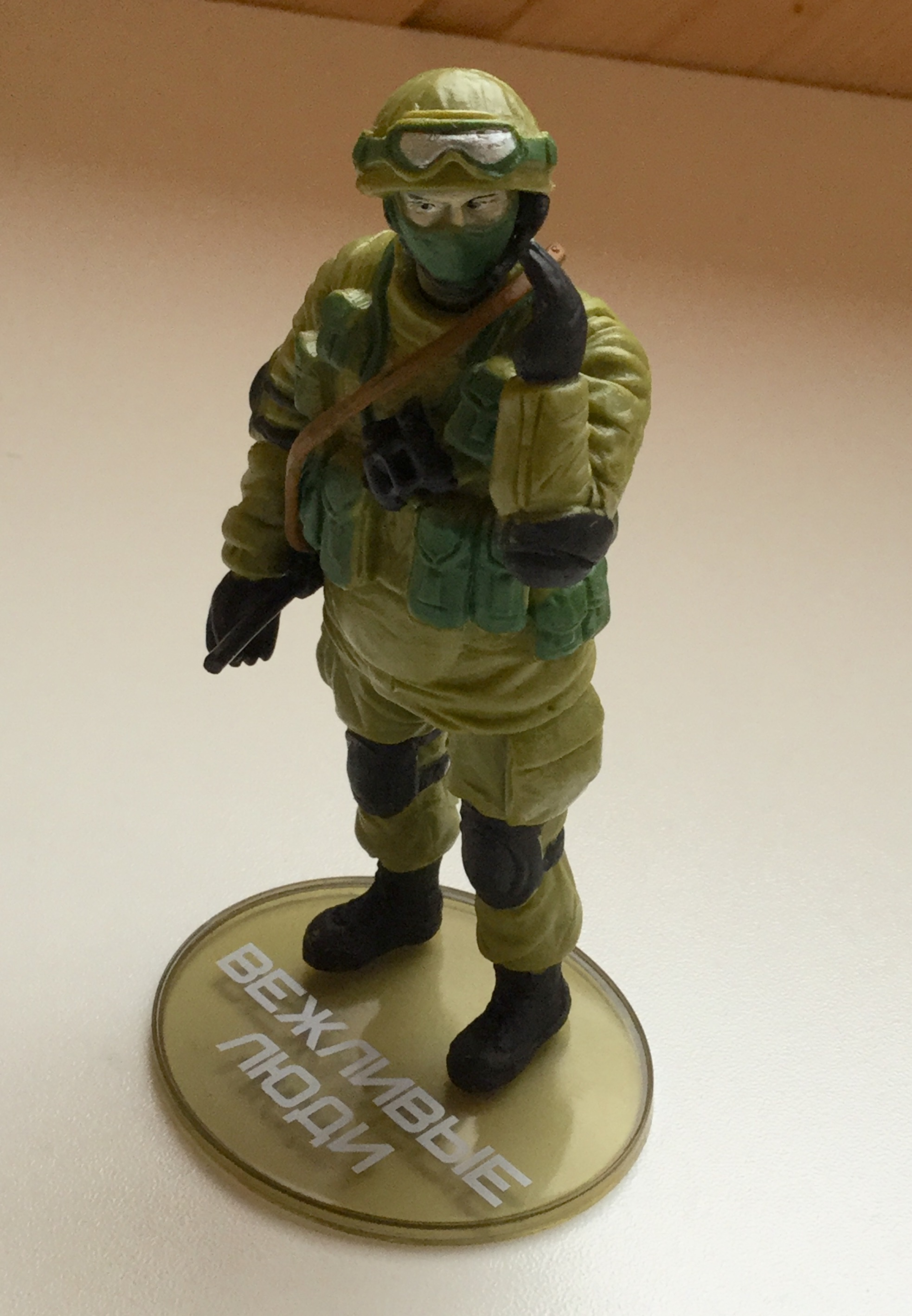


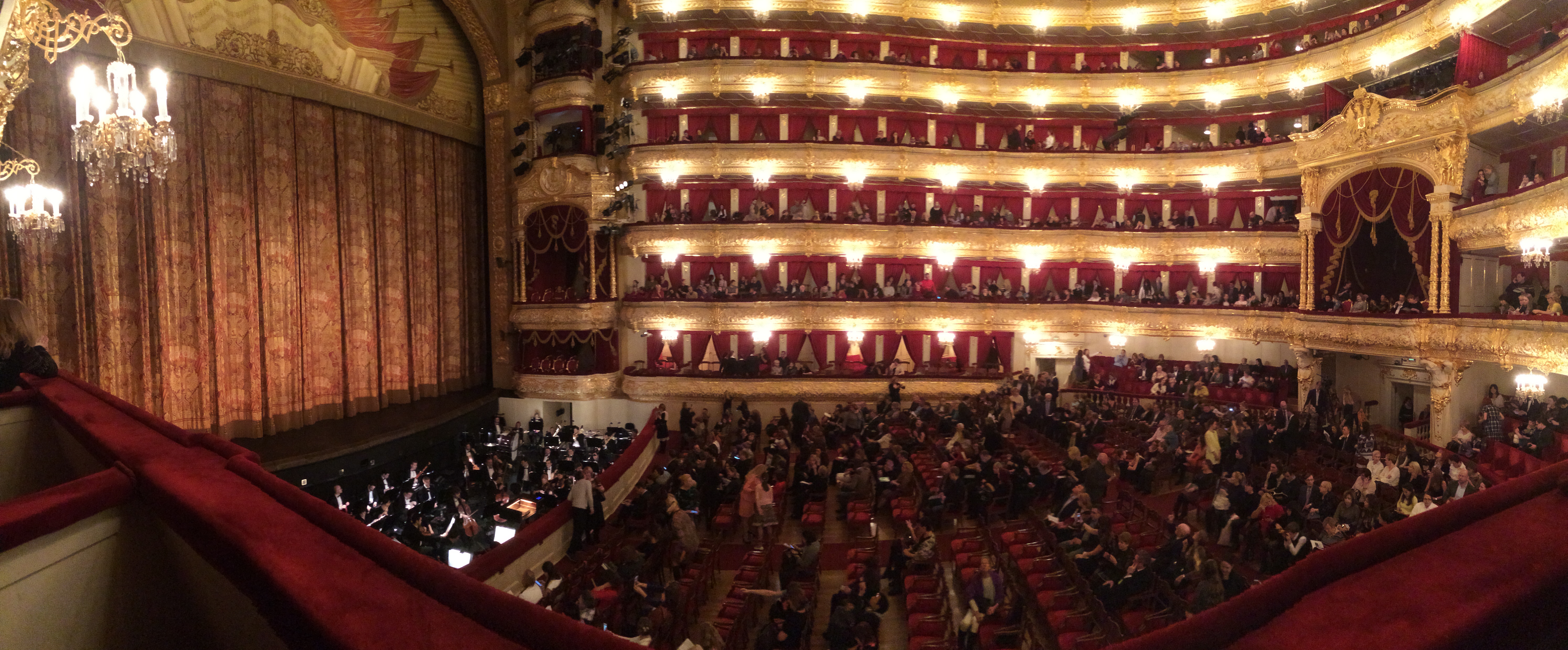









 Yesterday, 12 January, serious snow finally hit Moscow, bringing real winter to what had been an unusually mild season. Suddenly the city is virginal in its snowy gown, but not for long, and the speed with which Moscow returns to normal says something about Russian attitudes to state, society and priorities.
Yesterday, 12 January, serious snow finally hit Moscow, bringing real winter to what had been an unusually mild season. Suddenly the city is virginal in its snowy gown, but not for long, and the speed with which Moscow returns to normal says something about Russian attitudes to state, society and priorities.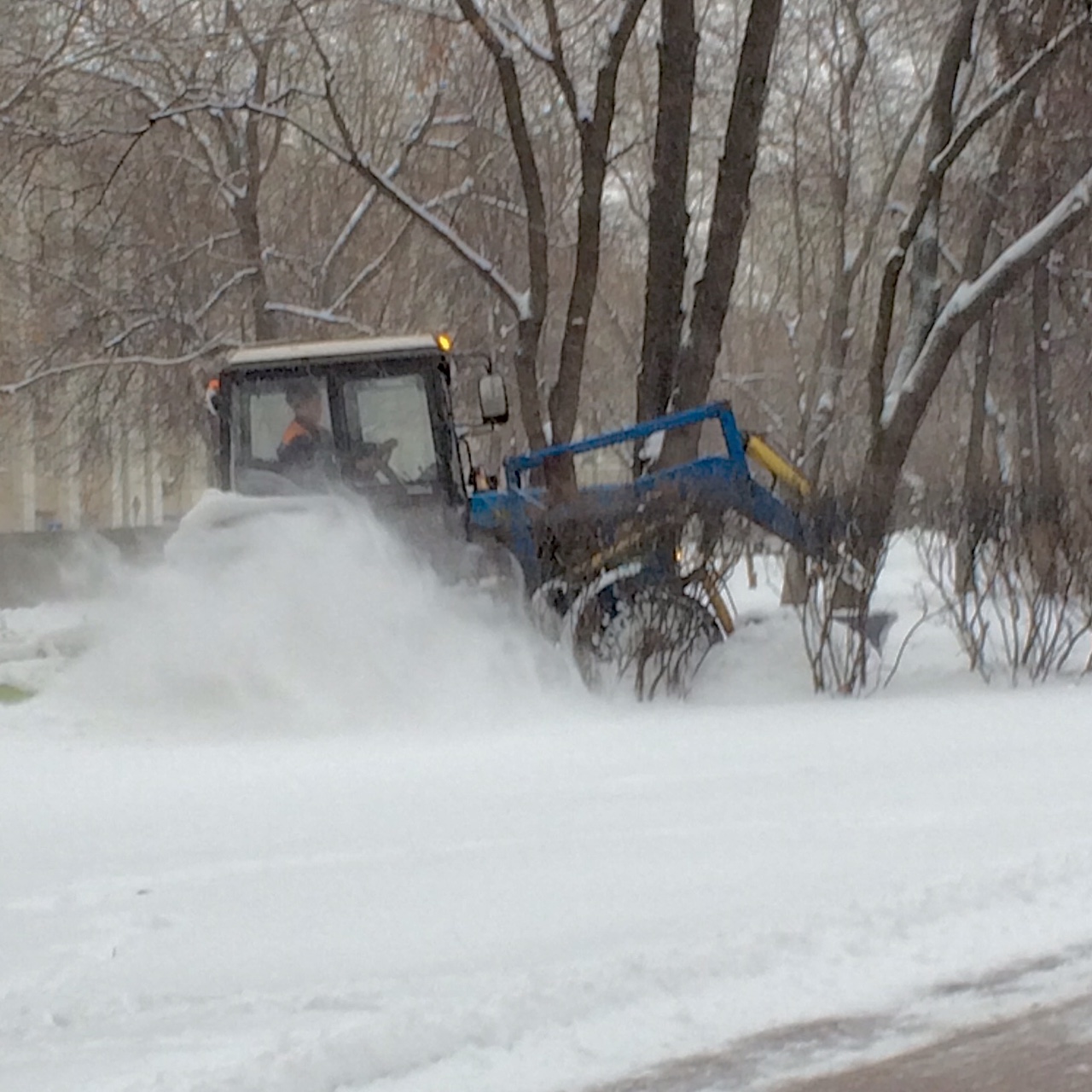
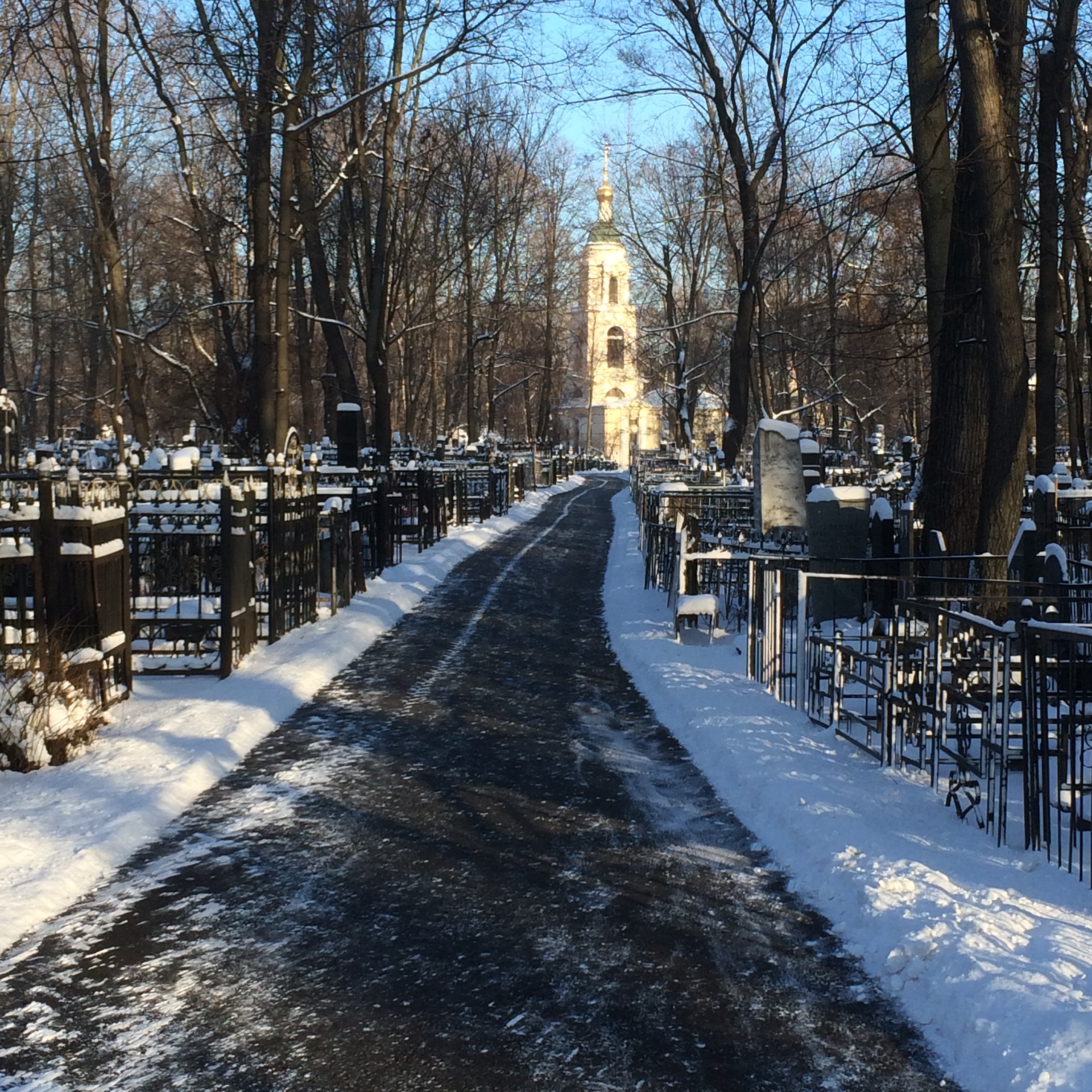 A deep-frozen but sunny January day, so what else is there to do but to head to the nearby Vagankovskoe Cemetery? After all, there’s often a slice of a country’s or a city’s histories to be found amongst their dead.
A deep-frozen but sunny January day, so what else is there to do but to head to the nearby Vagankovskoe Cemetery? After all, there’s often a slice of a country’s or a city’s histories to be found amongst their dead.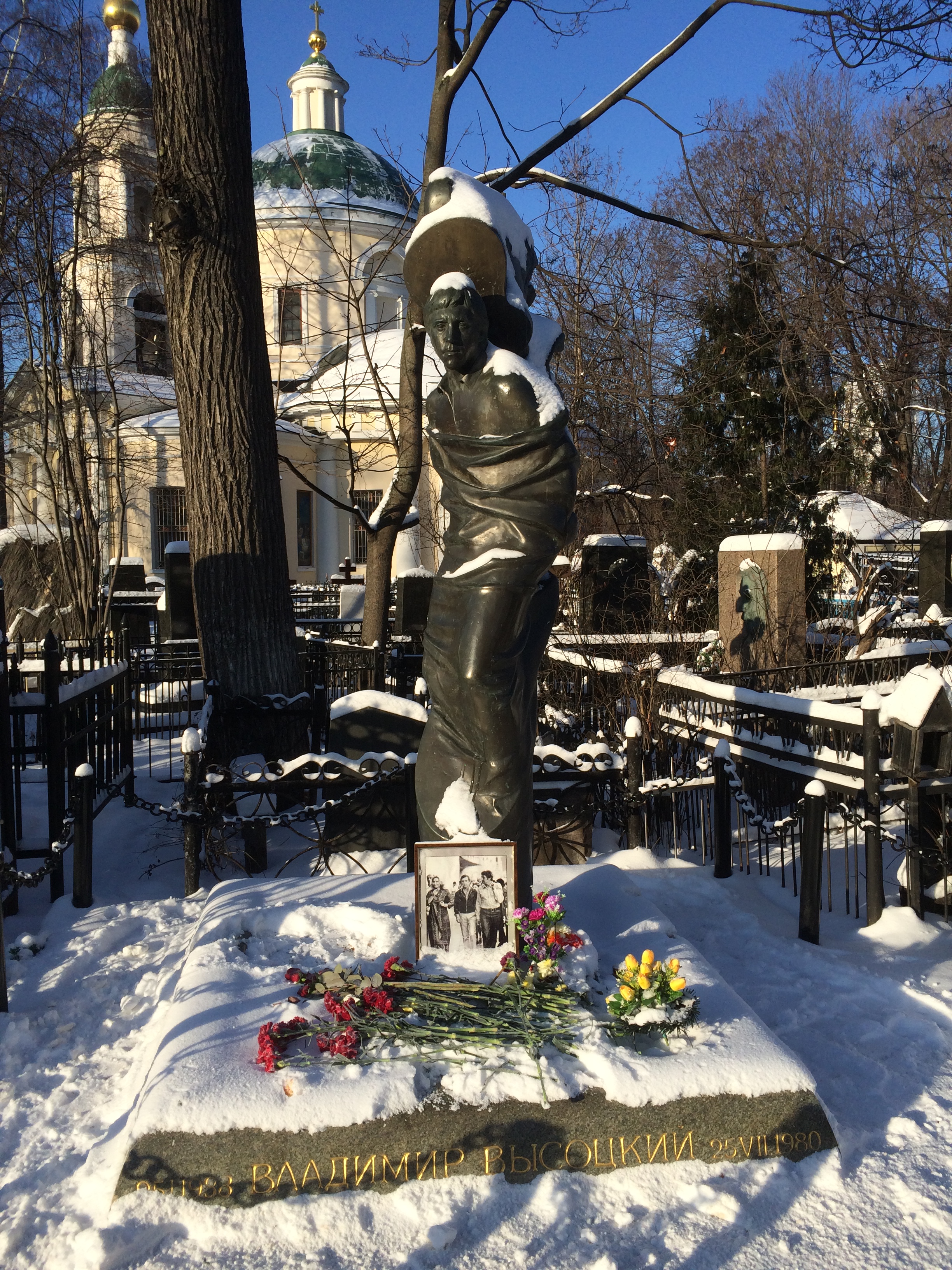





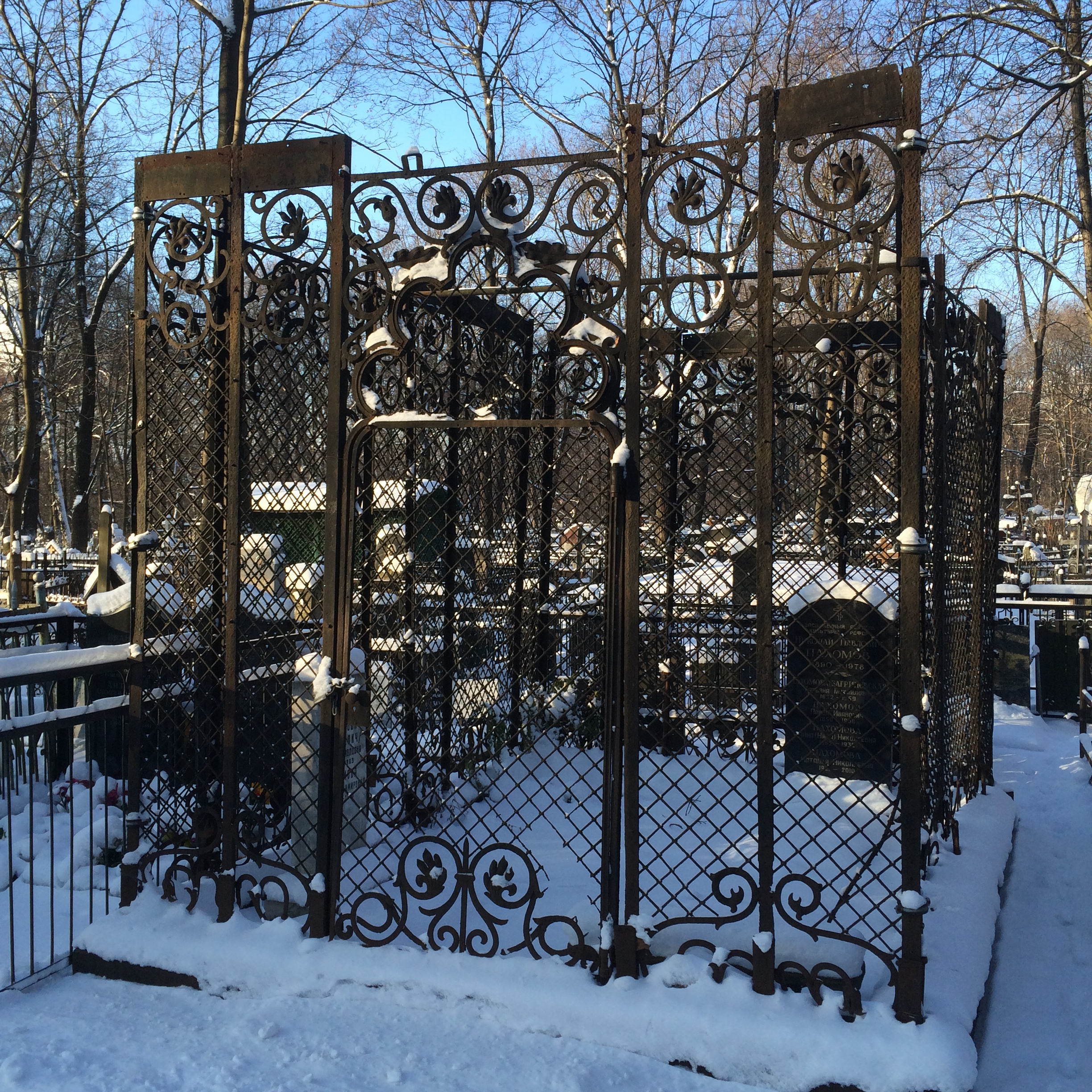
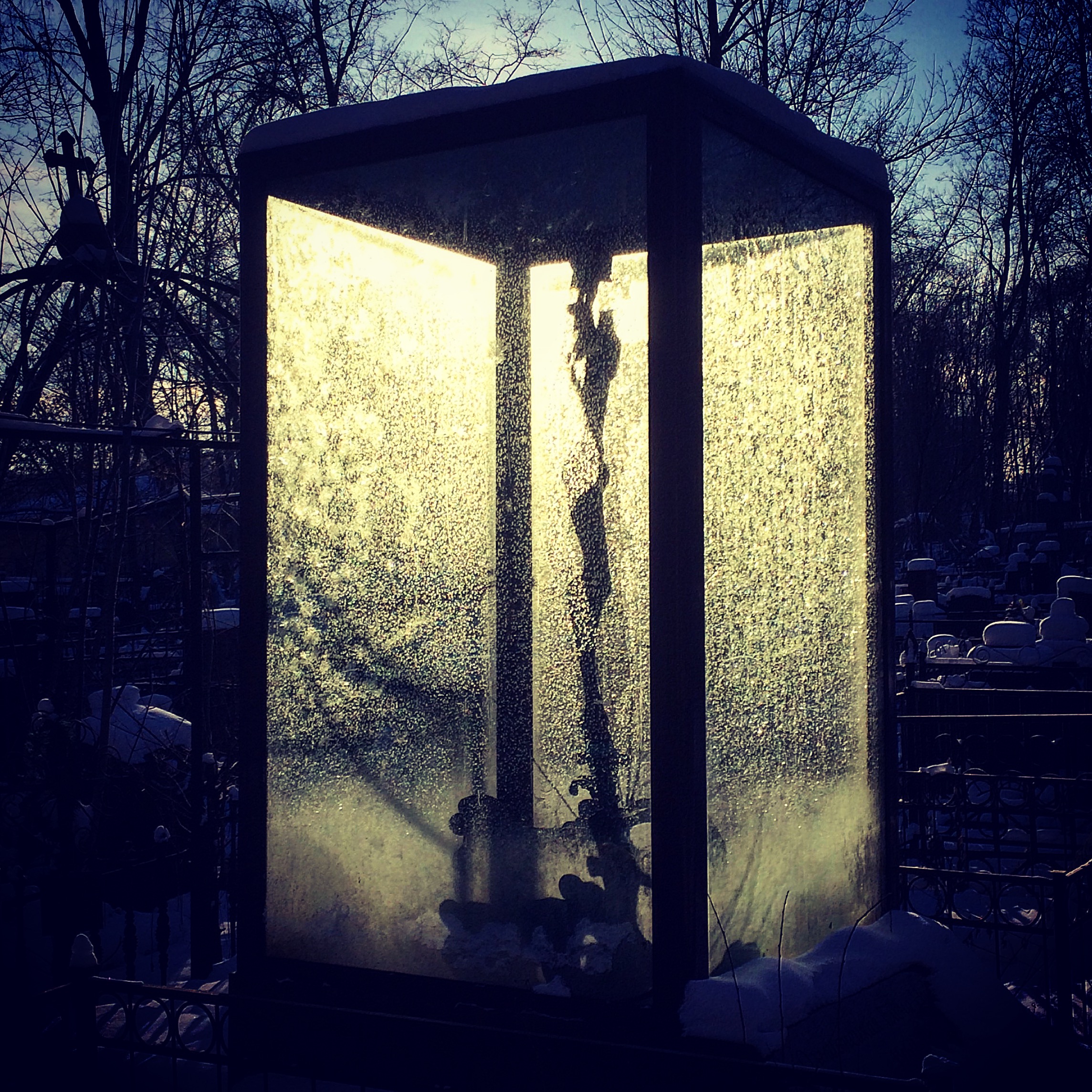
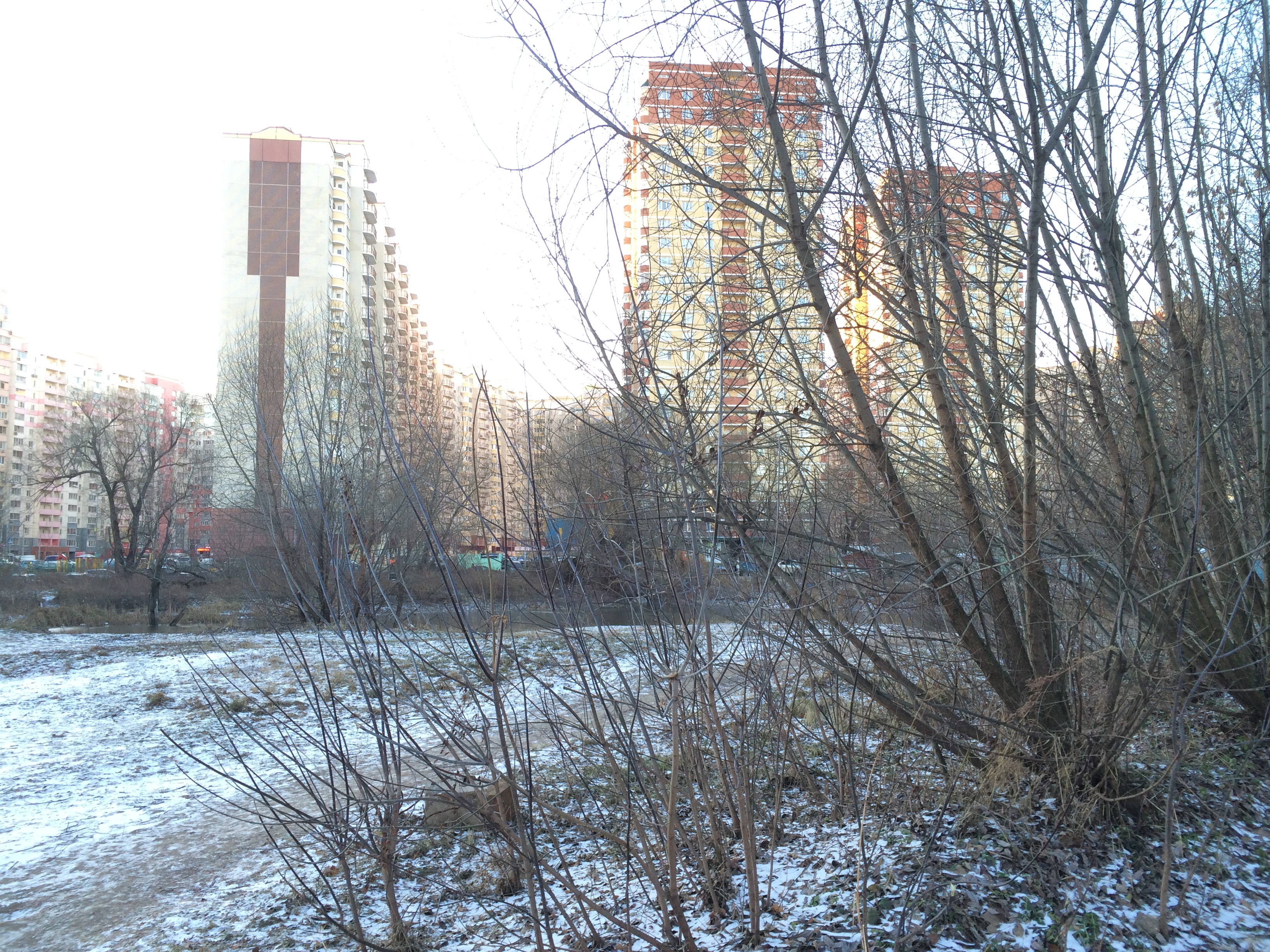
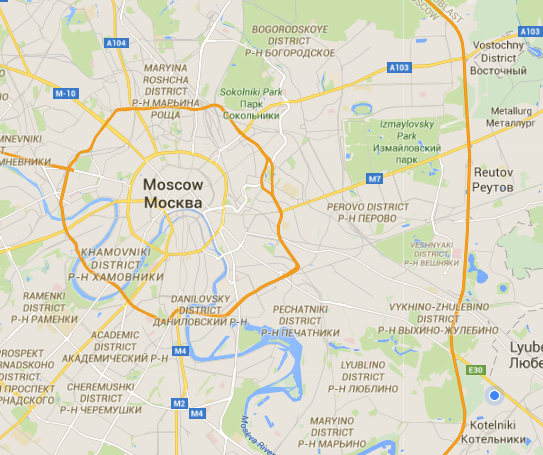







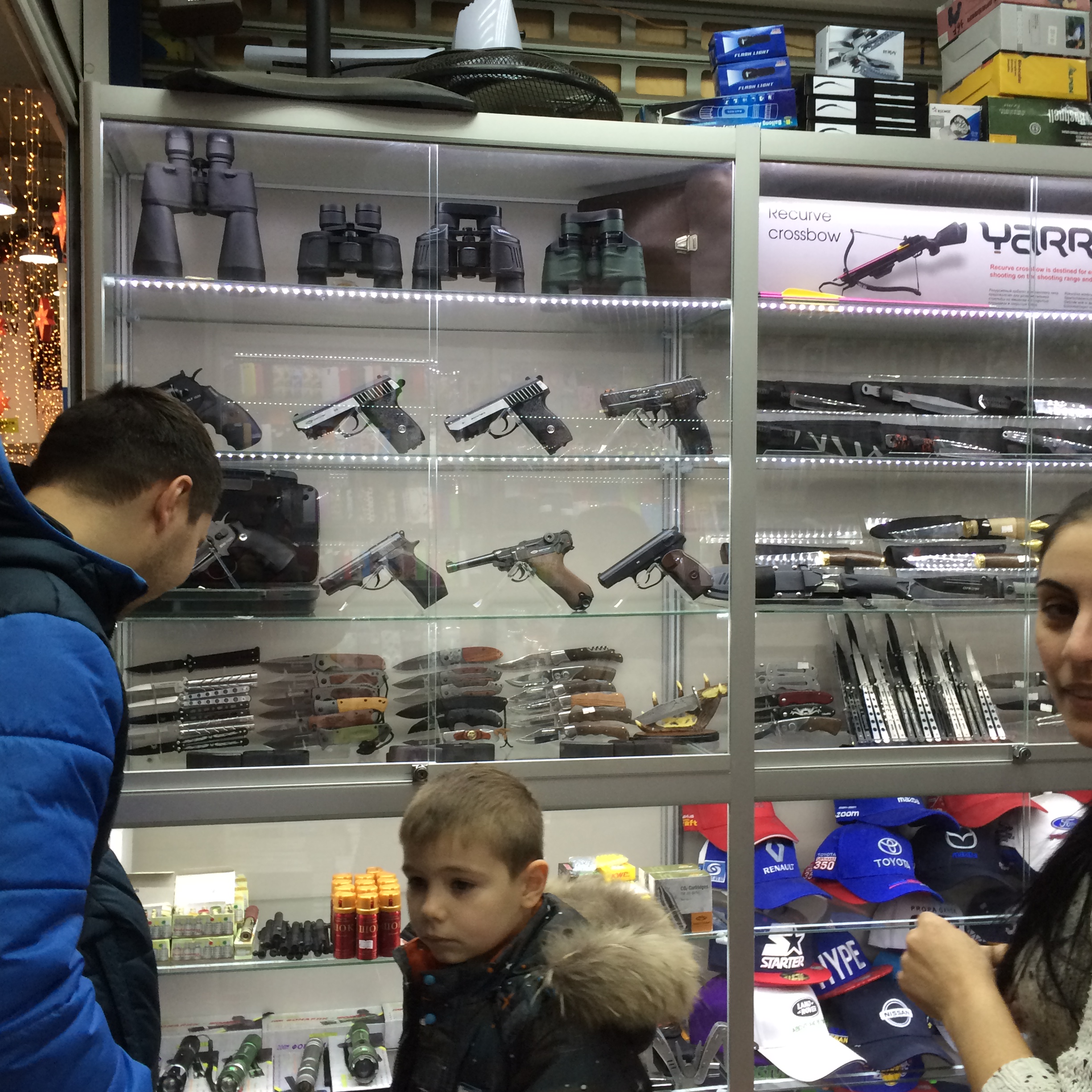






 Not bad, but anonymous and soulless. Kotel’niki means ‘Cauldron Makers’ and even its coat of arms is three golden cauldrons on a green field. However, the real root of the name is probably from the use of kotel, cauldron, for marshy lowlands. I suppose ‘Marshylowlandtown’ didn’t have quite the same appeal. Given that one of its component villages is one built around a sand pit and associated factory turning silica into brick which is called Silicate, though, I don’t know if euphonic naming was always the main concern.
Not bad, but anonymous and soulless. Kotel’niki means ‘Cauldron Makers’ and even its coat of arms is three golden cauldrons on a green field. However, the real root of the name is probably from the use of kotel, cauldron, for marshy lowlands. I suppose ‘Marshylowlandtown’ didn’t have quite the same appeal. Given that one of its component villages is one built around a sand pit and associated factory turning silica into brick which is called Silicate, though, I don’t know if euphonic naming was always the main concern.